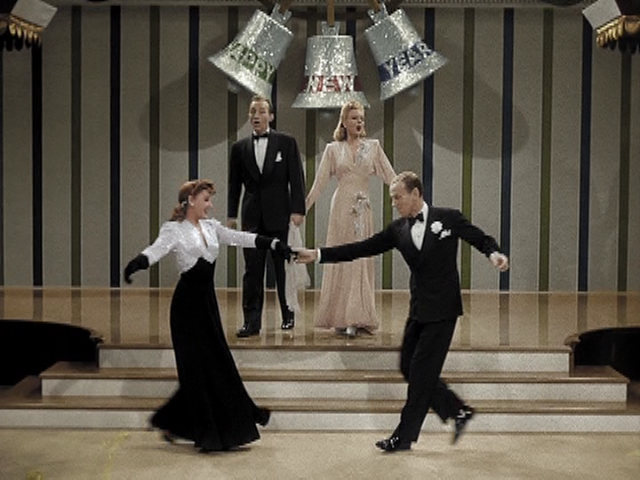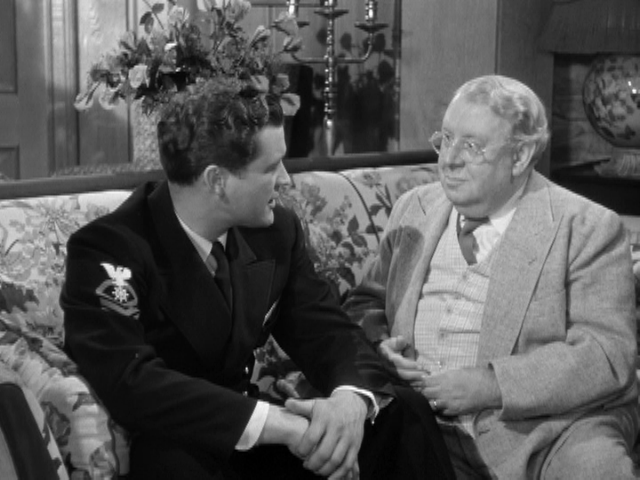With a quick flutter it lands on the fence, its every move sharp and yet as delicate as a ballerina on pointe. The Red-breasted Nuthatch wears a Zorro mask to hide its a identity and a slate-grey cape to mute its rust-colored body so as not to attract attention. What it looks like without its disguise, no one knows. The female wears a slightly dulled cap instead of the males deep black and has a paler underside, but is no less stealthy. And, oh yes, stealth is the name of the game!
Welcome to this months issue of In My Backyard. As you can see, I am whiddling on the name, trying to get it satisfactory, and on what exactly I cover in these monthly posts. I said before that I haven't had to struggle with finding an animal or organism of some sort to write about. Well, in these lean winter months, I have had to eat my words. The last issue was a bit of a stretch since I never exactly saw any mistletoe that month, but it was exciting to read and write about. I also wasn't sure I should write about the Red-breasted Nuthatch this month since I only a couple of months ago wrote about the Downy Woodpecker. I didn't want these posts to appear mostly bird oriented, not that that would be bad. But my Mum and sister encouraged me to not worry about it and go ahead. So I did. And here it is:
The Red-Breasted Nuthatch is an amazing creature that can move up or down the trunks of trees with ease, but unlike the woodpecker with this ability, it does not use its tail as a brace. Instead its feet and legs have all the muscle necessary.
It's Latin name is Sitta Canadensis and it is only about 4 1/2 inches, considerably smaller than the White-Breasted Nuthatch. When preparing the nest cavity the Red-breasted Nuthatch becomes aggressive and is known to chase away other birds like the before mentioned White-breasted Nuthatch, the House Wren, and the Downy Woodpecker (for more on the Downy Woodpecker, see here). Especially feisty nuthatches will go after even more species than that.
When the nest is ready the Nuthatch will lay between 5-8 whitish, red-brown speckled eggs. After 11-13 days of incubation by both parents, the eggs are then ready to hatch. Another 19-22 days and the juveniles are ready to take off on their own.
The Nuthatch, as well as the House Wren, are such fast little birds compared to the movements of, say, the Robin or Cardinal. At first I thought the Nuthatch was another species of Wren until I looked them up and realized that, although they have similarities, they are two different species. The House Wren is brown and speckled with a pointy beak and a streamlined body. I dubbed them "fence-hoppers" since they are so adept at maneuvering through the wooden slats of our fence. So adorable!
Though I don't see the Nuthatch hopping through the slats in our fence, it makes quick flights to our feeder, grabs a couple bites, and in an instant is off again. Where we live we first get them in early to late fall and they stay all winter. I love sitting at the table in our kitchen and watching the birds on our feeder through the sliding-glass door. At the moment, and other than the Nuthatches, we have many Sparrows, some Chicadees, a few Cardinals, doves, and a random Mockingbird. The Sparrows look a lot like the Eurasion Tree Sparrow but those are said to be rarely in this area. Their lines and colors are more intense than the House Sparrows though, so I am not sure.
I first saw the Nuthatch while eating lunch with my family. I was aimlessly staring at the feeder when it skittered up and landed with the Sparrows on the feeder. As a confirmed bird-watcher, I quickly pointed out the unexpected visitor to my family. But not being as "bird crazy" as myself, they took too long to look and the Nuthatch flew away before they could see it. After that it was a joke. No one ever sees the birds Amy does on the feeder. I was seeing things. Yada- yada. That's how jokes go in my family, and I suspect other families. You gotta have lighthearted picking, right? It also includes "boyfriend/girlfriend" jokes, but that's another subject.
After pointing it out every time a Nuthatch landed on the feeder, pretty much everyone has seen them at one point or another. Yep. I do my job.
Here's an extra random fact about the Nuthatch. After making the nest cavity, the male nuthatch collects resin from the conifer trees they frequent and rubs it around the outside of the hole while his "wife" puts it on the inside. It is said this keeps away predators but I have a feeling its for more than that. I don't know what though. The nuthatches themselves fly through the hole swiftly so as to avoid the resin.
In conclusion, I believe keeping a watchful eye on the nature around us makes us more grateful and appreciative of the things God has given us. Were we not given this earth to take care of? Besides I was raised in a nature loving home, where long, quiet walks in the woods were coveted and moments of rare meetings with animals are savoured. I realize not everyone feels this way, but I don't believe its because of their nature. No, I believe even the most nature hostile person could eventually learn to appreciate God's gift. Its how you see things, a blessing or a curse. You can see a blessing in everything if you just look.
So thanks for joining me for the sixth issue of In My Backyard. As always, I hope you enjoyed reading it and feel free to tell me what you think in the comments below.
Happy New Year!
 |
| Female Red-Breasted Nuthatch |
The Red-Breasted Nuthatch is an amazing creature that can move up or down the trunks of trees with ease, but unlike the woodpecker with this ability, it does not use its tail as a brace. Instead its feet and legs have all the muscle necessary.
It's Latin name is Sitta Canadensis and it is only about 4 1/2 inches, considerably smaller than the White-Breasted Nuthatch. When preparing the nest cavity the Red-breasted Nuthatch becomes aggressive and is known to chase away other birds like the before mentioned White-breasted Nuthatch, the House Wren, and the Downy Woodpecker (for more on the Downy Woodpecker, see here). Especially feisty nuthatches will go after even more species than that.
When the nest is ready the Nuthatch will lay between 5-8 whitish, red-brown speckled eggs. After 11-13 days of incubation by both parents, the eggs are then ready to hatch. Another 19-22 days and the juveniles are ready to take off on their own.
The Nuthatch, as well as the House Wren, are such fast little birds compared to the movements of, say, the Robin or Cardinal. At first I thought the Nuthatch was another species of Wren until I looked them up and realized that, although they have similarities, they are two different species. The House Wren is brown and speckled with a pointy beak and a streamlined body. I dubbed them "fence-hoppers" since they are so adept at maneuvering through the wooden slats of our fence. So adorable!
Though I don't see the Nuthatch hopping through the slats in our fence, it makes quick flights to our feeder, grabs a couple bites, and in an instant is off again. Where we live we first get them in early to late fall and they stay all winter. I love sitting at the table in our kitchen and watching the birds on our feeder through the sliding-glass door. At the moment, and other than the Nuthatches, we have many Sparrows, some Chicadees, a few Cardinals, doves, and a random Mockingbird. The Sparrows look a lot like the Eurasion Tree Sparrow but those are said to be rarely in this area. Their lines and colors are more intense than the House Sparrows though, so I am not sure.
I first saw the Nuthatch while eating lunch with my family. I was aimlessly staring at the feeder when it skittered up and landed with the Sparrows on the feeder. As a confirmed bird-watcher, I quickly pointed out the unexpected visitor to my family. But not being as "bird crazy" as myself, they took too long to look and the Nuthatch flew away before they could see it. After that it was a joke. No one ever sees the birds Amy does on the feeder. I was seeing things. Yada- yada. That's how jokes go in my family, and I suspect other families. You gotta have lighthearted picking, right? It also includes "boyfriend/girlfriend" jokes, but that's another subject.
After pointing it out every time a Nuthatch landed on the feeder, pretty much everyone has seen them at one point or another. Yep. I do my job.
Here's an extra random fact about the Nuthatch. After making the nest cavity, the male nuthatch collects resin from the conifer trees they frequent and rubs it around the outside of the hole while his "wife" puts it on the inside. It is said this keeps away predators but I have a feeling its for more than that. I don't know what though. The nuthatches themselves fly through the hole swiftly so as to avoid the resin.
In conclusion, I believe keeping a watchful eye on the nature around us makes us more grateful and appreciative of the things God has given us. Were we not given this earth to take care of? Besides I was raised in a nature loving home, where long, quiet walks in the woods were coveted and moments of rare meetings with animals are savoured. I realize not everyone feels this way, but I don't believe its because of their nature. No, I believe even the most nature hostile person could eventually learn to appreciate God's gift. Its how you see things, a blessing or a curse. You can see a blessing in everything if you just look.
So thanks for joining me for the sixth issue of In My Backyard. As always, I hope you enjoyed reading it and feel free to tell me what you think in the comments below.
Happy New Year!





































































